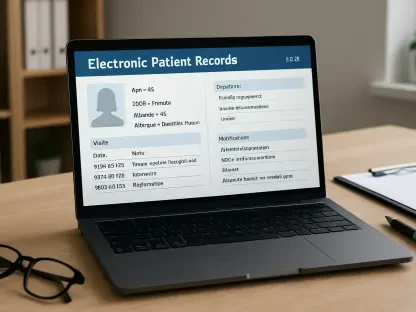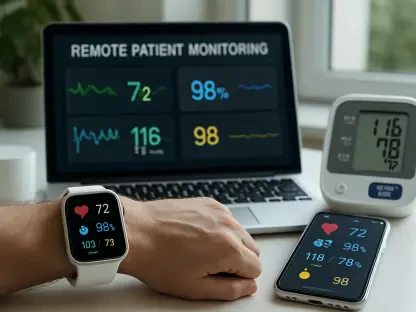I’m thrilled to sit down with James Maitland, a renowned expert in robotics and IoT applications in medicine, whose innovative work has been pivotal in advancing healthcare technology. With a deep passion for integrating cutting-edge solutions into medical practices, James brings a unique perspective on how digital tools can transform patient care, especially in complex systems like military health. Today, we’ll dive into the evolving landscape of telehealth, exploring the impact of virtual care in specialized environments, the challenges of budget constraints, and the role of strategic partnerships in driving growth.
How does the integration of virtual care technologies, like those used in military health systems, shape the future of healthcare delivery?
Virtual care technologies are revolutionizing healthcare by making it more accessible and efficient, especially in high-stakes environments like the military. These systems enable remote consultations and follow-ups, which are critical for personnel in remote or deployed locations. By leveraging platforms for scheduled virtual visits, we’ve seen a dramatic increase in the number of interactions—sometimes nearly tripling compared to older systems. This not only improves access but also ensures timely care, which can be life-saving in military contexts.
What challenges do telehealth providers face when working with large government entities like the Department of Defense?
Working with government entities often involves navigating complex bureaucratic processes and stringent regulations, which can slow down implementation. Budget restrictions are another major hurdle. For instance, broad spending cuts across federal agencies can lead to the exclusion of certain programs, even if they’ve shown positive results. This means providers must be agile, ready to adapt to shifting priorities, and focus on demonstrating undeniable value to secure and maintain contracts.
Can you share how partnerships with technology firms enhance the deployment of telehealth solutions in specialized sectors like military health?
Partnerships are crucial for scaling telehealth solutions in specialized sectors. Collaborating with technology firms brings in expertise in areas like systems integration and cybersecurity, which are vital for military applications. These alliances help in tailoring platforms to meet specific needs, ensuring seamless deployment across diverse commands, and addressing unique challenges like data security. Such collaborations often amplify reach and credibility, making it possible to deliver robust solutions on a large scale.
How do budget constraints at a federal level impact the scope of telehealth programs and their long-term potential?
Budget constraints can significantly limit the scope of telehealth programs by forcing tough decisions on what gets funded. For example, innovative initiatives like behavioral health or automated care tools might be sidelined due to broader spending cuts, even if they’ve shown cost-saving potential and positive outcomes. In the long term, this can delay the adoption of transformative technologies, but it also pushes providers to prioritize efficiency and prove the ROI of their solutions to regain inclusion in future budgets.
What strategies can telehealth companies employ to adapt to financial revisions and maintain growth amidst government spending cuts?
Telehealth companies need to focus on operational efficiency, such as streamlining workforce costs or leveraging AI to reduce overheads. Revising financial forecasts with transparency helps manage stakeholder expectations, while diversifying revenue streams beyond government contracts can provide stability. Additionally, investing in data to demonstrate impact—such as improved patient outcomes or cost reductions—can strengthen the case for reinstating excluded programs or securing new funding.
How do you see the performance of virtual care platforms evolving within highly structured systems like the military over the next few years?
I believe virtual care platforms will become even more integral to structured systems like the military. As technology advances, we’ll see greater adoption of AI-driven tools for triage and diagnostics, enhancing the efficiency of virtual visits. The focus will likely shift toward integrating these platforms with wearable IoT devices for real-time health monitoring, which is particularly useful for deployed personnel. The key will be balancing innovation with security and compliance to maintain trust and effectiveness.
What is your forecast for the future of telehealth in government and military healthcare systems?
I’m optimistic about the future of telehealth in government and military systems. Despite current budget challenges, the undeniable benefits—such as increased access, cost savings, and improved readiness—will drive continued investment. I foresee a gradual reintegration of specialized programs like behavioral health as fiscal climates improve, alongside a push for interoperable systems that connect military health with civilian care. The next decade will likely see telehealth as a cornerstone of military healthcare, supported by advancements in robotics and IoT for more personalized and proactive care.









